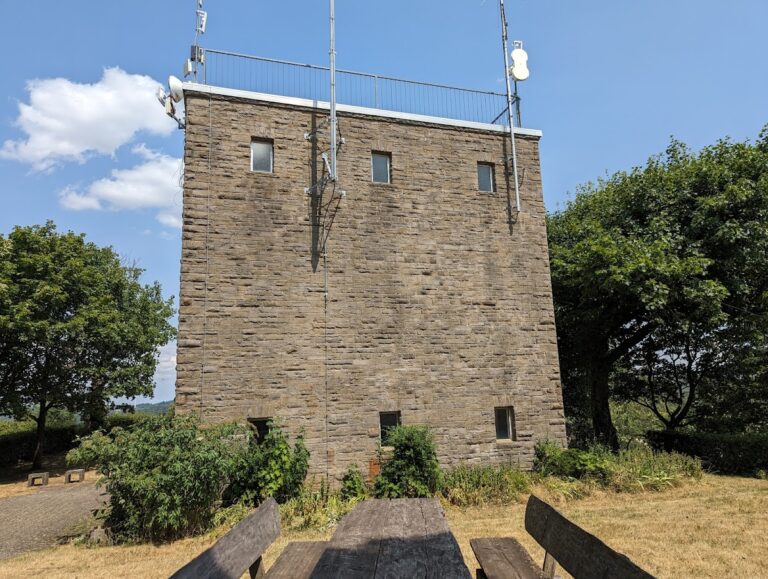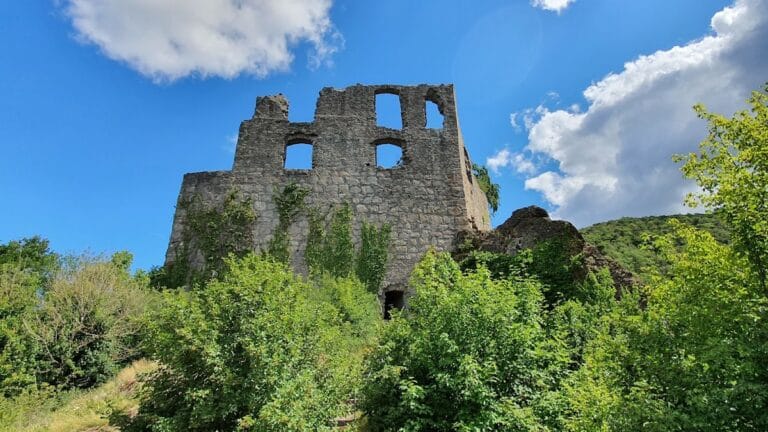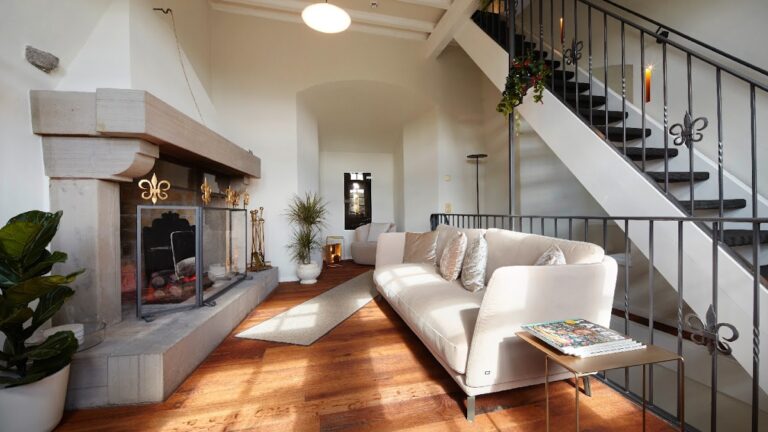Burg Montfort: A Medieval Castle in Hallgarten, Germany
Visitor Information
Google Rating: 4.7
Popularity: Low
Google Maps: View on Google Maps
Official Website: burgenarchiv.de
Country: Germany
Civilization: Unclassified
Remains: Military
History
Burg Montfort is a medieval castle located in the municipality of Hallgarten, Germany. It was originally constructed around 1240 by the Counts of Veldenz, a noble family within the Holy Roman Empire. The fortress served as a strategic lookout point intended to supervise a nearby military road, ensuring control over important routes of travel and communication.
Following its construction, the castle was managed by Eberhard von Lautern, who acted as vassal to the Counts of Veldenz. Over time, the family who held the castle adopted the name “von Montfort” from 1247 onwards, reflecting their association with the site. The von Montfort family maintained ownership of the castle for nearly two centuries, until 1432, during which it functioned as a noble residence and defensive stronghold.
In the 15th century, the castle’s role shifted as its occupants became known as robber knights—noblemen engaging in banditry and unauthorized raids along trade routes. This hostile activity prompted a combined military response in 1456, when forces led by Archbishop Diether of Mainz and Elector Friedrich I of the Palatinate captured and systematically destroyed the fortress, ending its use as a power base for raiders.
Several decades later, in 1480, the castle entered a new phase when Simon Boos von Waldeck was granted the property as a hereditary fief. He received permission to rebuild the castle, and some indications suggest that partial reconstruction of a residential tower took place. However, the castle remained largely in ruins for centuries thereafter. For an extended period, ownership became fragmented among local private forest owners and residents.
In 1969, stewardship of the site shifted to the Bad Kreuznach district, which undertook measures to secure and stabilize the ruins in accordance with safety requirements. Since then, preservation efforts have maintained the ruins, allowing the historic site to retain its medieval character.
Remains
Situated on a wooded hilltop at about 280 meters above sea level between Hallgarten and Duchroth, the ruins of Burg Montfort occupy a defensive position typical of high medieval castles. The layout features an outer bailey, an inner bailey, and a central stronghold that once housed the main living quarters and defensive towers.
Parts of the outer bailey’s walls have survived, including its gatehouse that once controlled access to the fortress. The zwinger, a narrow enclosed pathway between defensive walls designed to trap attackers, remains visible and attests to the castle’s defensive sophistication. The inner bailey is marked by the preserved gate and stretches of the curtain wall, locally called the bering, which formed a protective barrier around the heart of the castle.
The most prominent feature is the shell of the bergfried, the main tower that served both as a lookout and as a last line of defense. Standing approximately nine meters tall, its upper edge has been fitted with a metal railing to provide a viewing platform. Visitors reach the bergfried using a 34-step spiral staircase made of metal installed inside one of the residential and defensive towers. This staircase continues along the outside wall surrounding the castle’s core, recounting the castle’s vertical integration of defense and habitation.
Two residential towers at the site still rise to the height of their third floors, revealing the scale of the castle’s private living spaces. Alongside these towers, foundational walls delimit the former locations of the well house, which supplied water; the heated chambers (known in German as kemenaten), where inhabitants would have been warmed during colder seasons; and stables that accommodated horses and pack animals.
The site hosts a lapidarium museum that displays architectural fragments recovered during archaeological work, such as stone carvings and construction materials from the medieval period. Exhibited artifacts include ceramics, glass objects, and iron tools or fittings, all illuminating aspects of castle life. A detailed reconstruction model offers visitors a visual representation of the castle’s original appearance.
Importantly, the ruins remain largely as they were after their 15th-century destruction, without extensive modern alterations or reinforcements. This conserves an authentic impression of the castle’s medieval condition. The nearby Montforterhof, situated lower in the valley, is understood to be a “new castle,” complementing the hilltop site. This lower settlement includes a courtyard and cemetery that are spatially connected to the fortress, indicating a broader manorial complex beyond the ruined walls.










